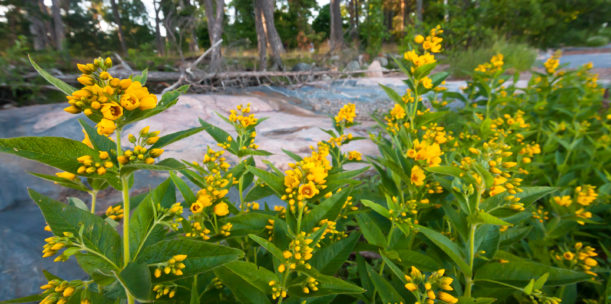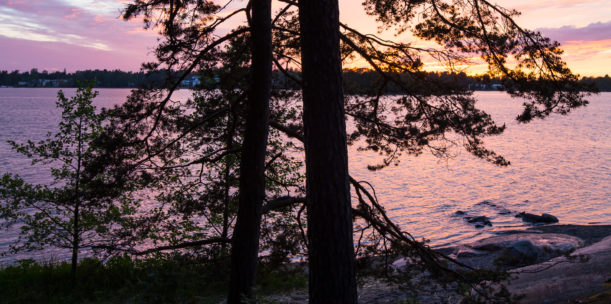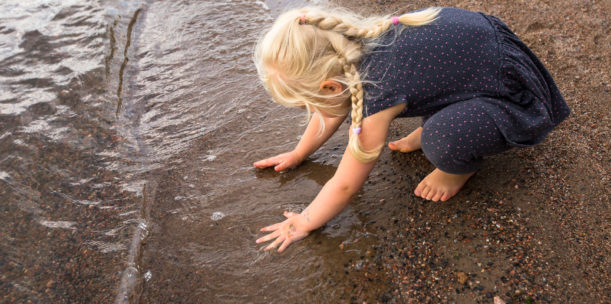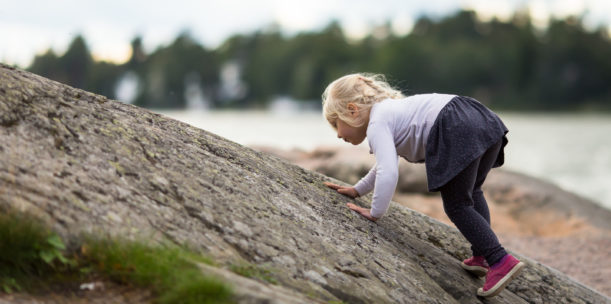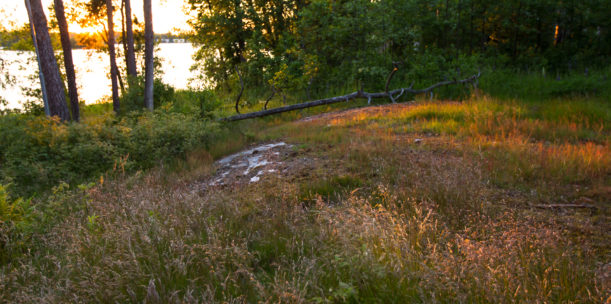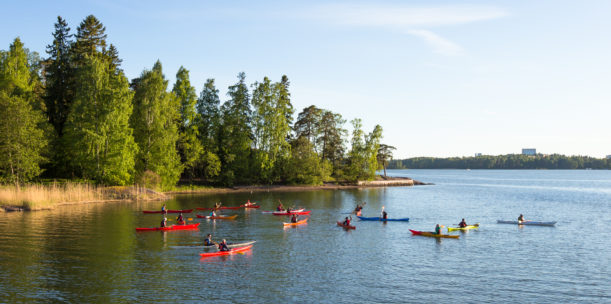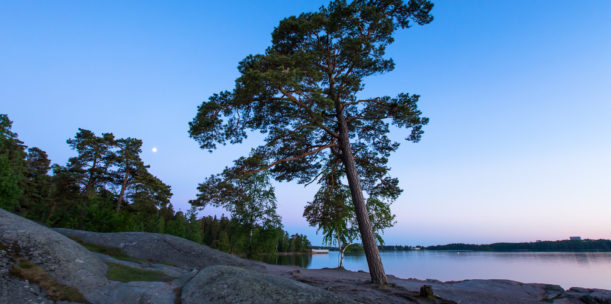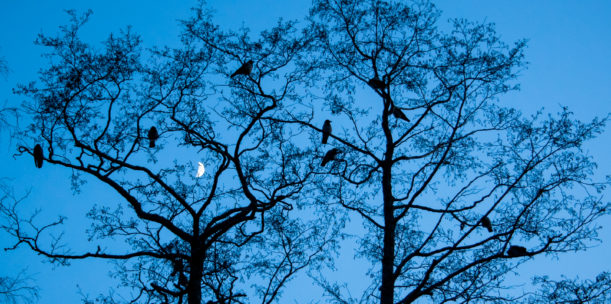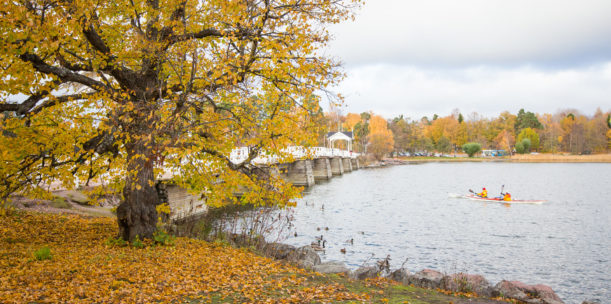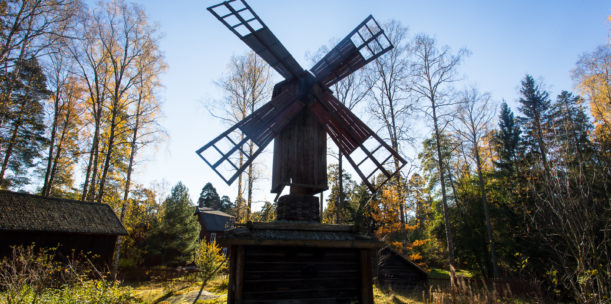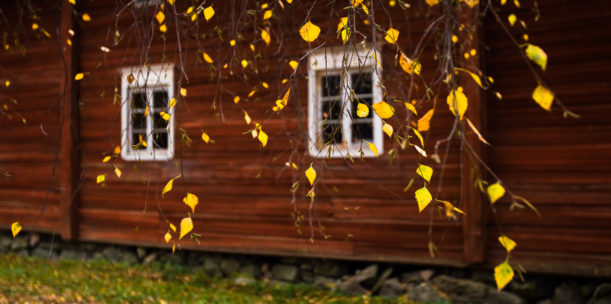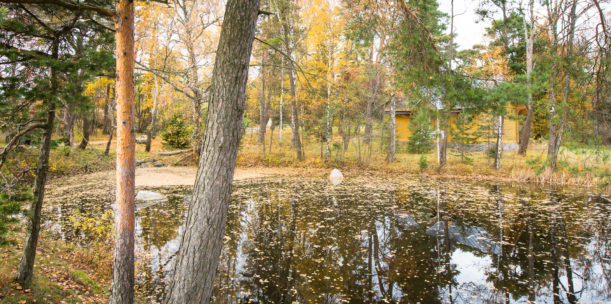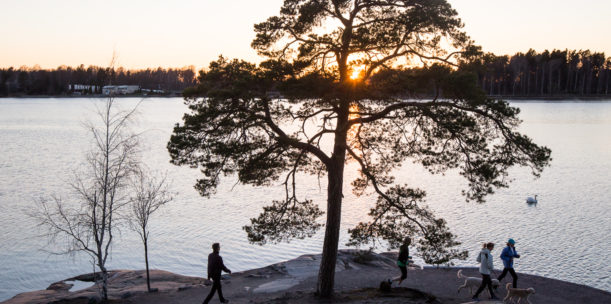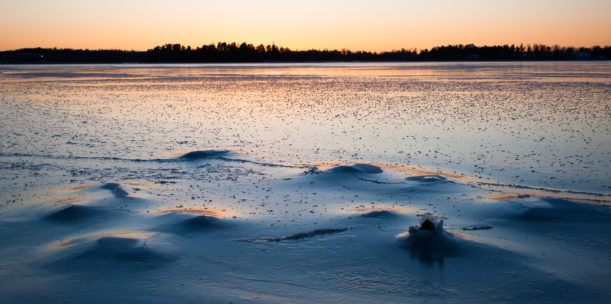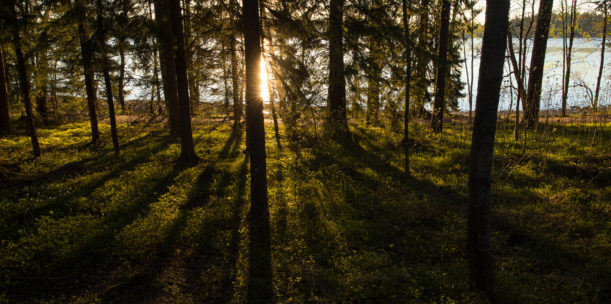The peaceful recreational area with its old trees is attractive to many birds, offering visitors the chance to observe birds and squirrels at close range. Seurasaari is also Helsinki’s most diverse bat habitat. In addition to sheltered hunting spots, the area has plenty of uninhabited buildings offering daytime hiding places for bats.
Seurasaari’s shores and islets are used as nesting grounds by a variety of birds. The island’s southern shore and islet are a conservation area; between 1 April and 15 August, visitors are prohibited from coming ashore or moving within 25 metres of the islet.
”An unhurried walk in Seurasaari always offers something new to see and experience. When you cross the bridge to Seurasaari, you never know whether you’ll encounter the piercing gaze of an eagle owl perching on a tall spruce or catch a glimpse of the black tail tip of a stoat scurrying among the rocks by the shore.”
Tuomas, 30 years
The island houses two protected natural monuments: the second-thickest unbifurcated Scots pine in the Helsinki region, with an anthill at the base that has spread into the cracks in the tree, and the giant’s kettle near the festival grounds.
Seurasaari is a popular outdoor recreational area in Meilahti, western Helsinki. In 1889, a folk park was established in Seurasaari, and in 1909 an open-air museum was established in the north-east part of the island. The museum houses a collection of typical buildings from the different provinces of Finland, from the late 17th century to the 20th century. The small island of Pukkisaari located next to Seurasaari also houses an iron age trading village.
